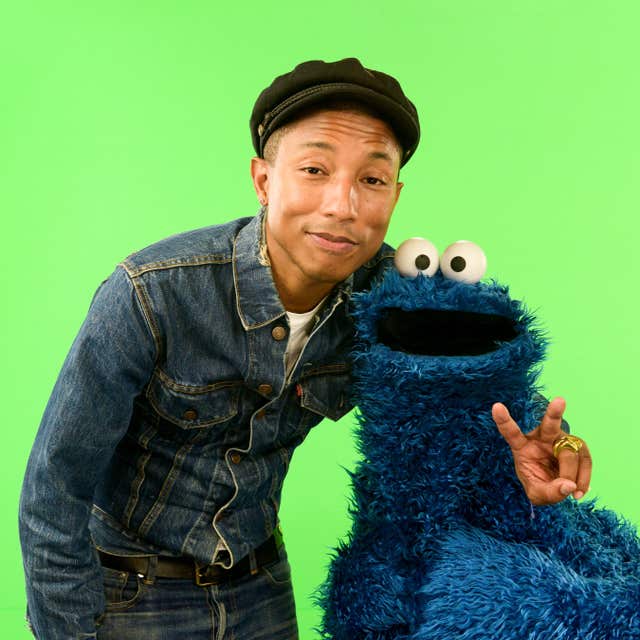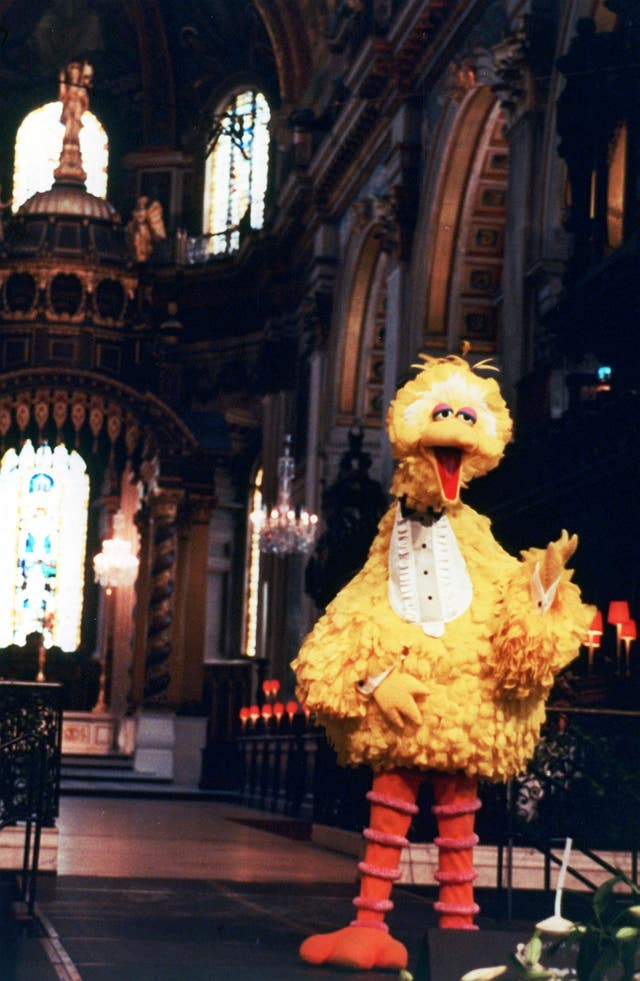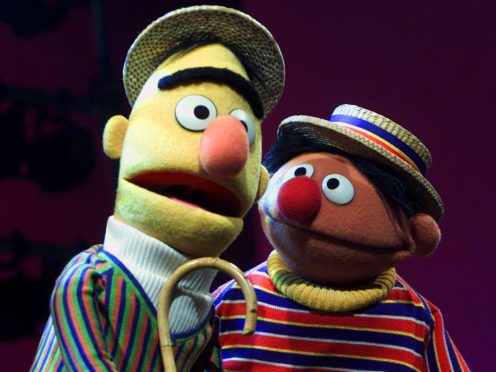It may be much loved by children of all ages but Sesame Street, the show that is not just for muppets, is turning 50.
This first episode of Sesame Street, sponsored by the letters W, S and E and the numbers two and three, aired in the autumn of 1969.
It was a turbulent time in America, rocked by the Vietnam War and raw from the assassination of Dr Martin Luther King the year before while the media was going through disruption.
Newt Minow, who was the Federal Communications Commission chairman at the time, famously said TV was becoming “a vast wasteland”.

Like today, there was lots of content, but it was not necessarily quality.
Enter Sesame Street creators Joan Ganz Cooney and Lloyd Morrisett, who worked with Harvard University developmental psychologist Gerald Lesser to build the show’s unique approach to teaching that now reaches 120 million children.
Legendary puppeteer Jim Henson supplied the characters.
“It wasn’t about if kids were learning from TV, it was about what they were learning from TV,” said Steve Youngwood, the chief operating officer of Sesame Workshop.
“If they could harness that power to teach them the alphabet and their numbers as opposed to the words to beer commercials, you may be able to make a really big difference.”
No one else was doing it.
Children’s programming in the US at the time was made up of shows like Captain Kangaroo, Romper Room and the violent skirmishes between Tom & Jerry.
“There was nothing even remotely that contained any educational component at all for children,” said Phillip Levine, a professor of economics at Wellesley College who has studied the show.
“Sesame Street was 100% about education.”

The show was designed by education professionals and child psychologists with one goal: to help low-income and minority students aged two to five overcome some of the deficiencies they had when entering school.
Social scientists had long noted white and higher income kids were often better prepared.
So, it was not an accident that the show was set on an urban street with a multicultural cast.
Diversity and inclusion were baked into the show with monsters, humans and animals all living together peacefully.
Bert, Ernie and the gang made an instant impression on actress Sonia Manzano.
She saw a neighbourhood that looked like hers.
She saw people who looked like her.
She would become a cast member, Maria, on the show, starring and writing for it from 1971-2015, including getting married on air.

“I was raised without seeing people of colour on television. So, when I was given the opportunity to be a person of colour on television, I jumped at it,” said Manzano, who is of Latino descent.
“And I think I was successful as Maria because I never forgot that there could be a little kid like me watching television and forming ideas about the world.”
Over the years, Sesame Street has welcomed many more.
It became the first children’s programme to feature someone with Down syndrome.
It has had puppets with HIV and in foster care, invited children in wheelchairs, dealt with topics like jailed parents, homelessness, women’s rights, military families and even girls singing about loving their hair.
It introduced the bilingual Rosita, the first Latina Muppet, in 1991.
Julia, a four-year-old Muppet with autism came in 2017 and this year has offered help for kids whose parents are dealing with addiction and recovery.
So important is the show that animal rights group Peta recently asked for the creation of a vegan Muppet.
“We are a mirror to society here even though we’re dealing with birds and chickens and monsters,” said Matt Vogel, the puppeteer who portrays Big Bird and the Count and who grew up watching Sesame Street.

When actor Will Lee, who played the grocer Mr Hooper, died in 1982, the show explained death to children.
When Big Bird lost his nest to a hurricane, the community rebuilt his home.
To help children after the 9/11 terror attacks, Elmo was left traumatised by a fire at Hooper’s store but was soothingly told that firefighters were there to help.
“We see a need and we meet that need because I feel like we have a voice that’s loud enough that can do that — that can reach people and make a difference,” Mr Vogel said.
Let's all get together and help @SesameStreet celebrate their 50th anniversary!
Catch #SesameStreet’s 50th Anniversary Celebration Nov. 9th on @HBO and Nov. 17th on @PBS. #Sesame50 pic.twitter.com/HuN2KyF7Yo
— Nile Rodgers (@nilerodgers) November 1, 2019
“Our mission is to make kids smarter, stronger and kinder and that those lessons that we impart to them stay with them.”
Therapist Jerry Moe, the national director of the Hazelden Betty Ford Children’s Programme, applauds the show for helping children handle trauma, addiction, PTSD, death.
“While the numbers and the colours and the sizes and the shapes are all incredibly important, so is that social-emotional development that children need,” he said.
“Sesame Street deals with the reality of what’s going on with the kids today.
“And Sesame Street does it in such a child-friendly, age-appropriate, developmentally-appropriate way that not only grabs kids’ attention, but also all the providers,” Mr Moe said.
Celebrity appearances, starting with Burnett and now numbering 650, are not just a fun component of the show, they are part of the lesson.
Not everyone has adored the show, especially those who grouse about federal funds going to a non-profit organisation that earns millions on licensing for everything from lunch boxes and toys to diapers and commercials for Farmers Insurance.
Big Bird in 2012 found himself unexpectedly in the presidential race when Mitt Romney said he would defund public broadcasting if elected.
“I love Big Bird,” then-president Barack Obama retorted.
Music has always been a big part of the show and its song Rubber Duckie peaked at number 16 on the Billboard charts in 1970.
Sing, which premiered on the show, went even higher, hitting number three on Billboard in 1973 when the Carpenters recorded it.
Join us on November 10th as we celebrate our 50th anniversary with a LIVE Q&A featuring everyone’s favorite furry friends! Send in your questions now using #Sesame50 and check back on 11/10 to see the Sesame Street gang answer them. pic.twitter.com/tjQmtnTU9i
— Sesame Street (@sesamestreet) October 29, 2019
There have been a few bumps in the road, like Roosevelt, an early puppet whose stereotypical African American dialect offended many.
Katy Perry showed a little too much Katy Perry for some parents in 2010 and Cookie Monster, in the face of an obesity epidemic, had to moderate his adoration of cookies to “a sometimes food”.
But the show is still going strong despite an explosion of cheap online alternatives with bright colours and songs like Baby Shark all competing for preschoolers’ eyeballs.
One recent study found children as young as two had a daily screen time diet of three hours.
